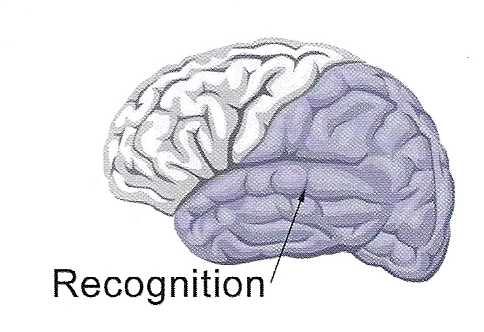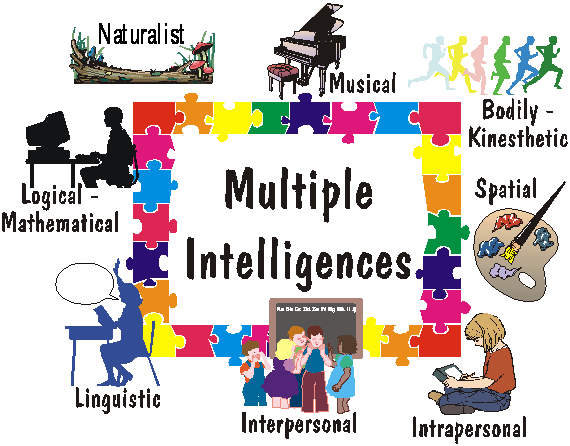
The what of learning


How we gather facts and categorize what we see, hear, and read. Identifying letters, words, or an author's style are recognition tasks. To give learners various ways of acquiring information and knowledge
Provide options for perception
Learning is impossible if information is imperceptible to the learner, and difficult when information is presented in formats that require extraordinary effort or assistance. To reduce barriers to learning, it is important to ensure that key information is equally perceptible to all learners by: 1) providing the same information through different sensory functions such as through vision, hearing, or touch; 2) providing information in a format that will allow for adjustability by the user such as text that can be enlarged, sounds that can be amplified. Such multiple representations not only ensure that information is accessible to learners with particular sensory and perceptual disabilities, but also easier to access and comprehend for many others.
Provide options for language and symbols
Vocabulary that may sharpen and clarify concepts for one learner may be frustrating for another. An equals sign (=) might help some learners understand that the two sides of the equation need to be balanced, but might cause confusion to a student who does not understand what it means. To ensure accessibility for all, key vocabulary, labels, icons, and symbols should be linked to, or associated with, alternate representations of their meaning such as an embedded glossary or definition, a graphic equivalent, a chart or map.
Examples of information represented in various ways
Use videos, audio books, graphic novels, software with built-in comprehension supports, interactive white boards, digital text, provide vocabulary support and background knowledge and highlight critical features and main ideas of lesson.
Learners differ in the ways that they perceive and comprehend information that is presented to them. For example, those with sensory disabilities such as blindness or deafness; learning disabilities like dyslexia; language or cultural differences, and so forth may all require different ways of approaching content. Others may simply grasp information quicker or more efficiently through visual or auditory means rather than printed text. Also transfer of learning, occurs when multiple representations are used, because it allows students to make connections within, as well as between, concepts.
Applying Multiple Intelligences in a Classroom